 WASHINGTON — Crippling heat waves are an annual fixture in the United States — but it’s not every day the White House announces a detailed strategy to confront them. So far, it’s been an extreme-weather summer across the continent: brutal heat, a barrage of tornadoes, flooding in the U.S. northeast and an unprecedented wildfire season in Canada. This weekend in the U.S. promises to be no different, with temperatures in California’s record-setting Death Valley predicted to reach a scorching 52 C. That’s why the Biden administration is introducing what it calls an “all-of-society response” to help manage a challenge it says is only getting worse. In Ottawa, the federal government is also getting ready with a strategy geared towards helping the most vulnerable, including older Canadians, Indigenous communities, inner-city residents and people who work outside. …Experts in both countries have been pushing their governments to define sustained periods of extreme heat as a natural disaster.
WASHINGTON — Crippling heat waves are an annual fixture in the United States — but it’s not every day the White House announces a detailed strategy to confront them. So far, it’s been an extreme-weather summer across the continent: brutal heat, a barrage of tornadoes, flooding in the U.S. northeast and an unprecedented wildfire season in Canada. This weekend in the U.S. promises to be no different, with temperatures in California’s record-setting Death Valley predicted to reach a scorching 52 C. That’s why the Biden administration is introducing what it calls an “all-of-society response” to help manage a challenge it says is only getting worse. In Ottawa, the federal government is also getting ready with a strategy geared towards helping the most vulnerable, including older Canadians, Indigenous communities, inner-city residents and people who work outside. …Experts in both countries have been pushing their governments to define sustained periods of extreme heat as a natural disaster.
 With an increase in extreme climate-related weather events worldwide, including Canada’s record spring forest fire season this year, the urgency of the situation calls for more ambition and international cooperation on climate action to keep the 1.5°C Paris Agreement warming limit within reach and avoid the most catastrophic effects of climate change. Today, the Minister of Environment and Climate Change, the Honourable Steven Guilbeault, concluded his participation in the seventh Ministerial on Climate Action (MoCA) in Brussels, Belgium. …Canada stressed the need for new and enhanced concrete actions to reduce emissions, its commitment to an inclusive approach to addressing climate change, the importance of establishing a fund and funding arrangements for loss and damage at COP28, as well as its commitment to make climate and biodiversity action mutually reinforcing following the historic adoption of the Kunming-Montréal Global Biodiversity Framework during COP15.
With an increase in extreme climate-related weather events worldwide, including Canada’s record spring forest fire season this year, the urgency of the situation calls for more ambition and international cooperation on climate action to keep the 1.5°C Paris Agreement warming limit within reach and avoid the most catastrophic effects of climate change. Today, the Minister of Environment and Climate Change, the Honourable Steven Guilbeault, concluded his participation in the seventh Ministerial on Climate Action (MoCA) in Brussels, Belgium. …Canada stressed the need for new and enhanced concrete actions to reduce emissions, its commitment to an inclusive approach to addressing climate change, the importance of establishing a fund and funding arrangements for loss and damage at COP28, as well as its commitment to make climate and biodiversity action mutually reinforcing following the historic adoption of the Kunming-Montréal Global Biodiversity Framework during COP15.  A cross-sector group of Japanese companies has invested in a forestry fund created by Japan’s Sumitomo Forestry, aimed at eventually issuing carbon credits through forest management mainly in North America. Sumitomo Forestry said that it had launched the fund, worth around $415 million, in June to manage forests on the east coast of the US and Canada, the west coast of the US and Latin America to create carbon credits. Eastwood Forests and SFC Asset Management, both Sumitomo Forestry group companies, will manage the fund for 15 years. The fund consists of joint investment by nine other Japanese companies. …The forestry fund is expected to generate around 1mn t/yr of carbon credits, which could be used for voluntary and compliance carbon markets, such as through increased forest management and afforestation. Sumitomo Forestry aims to buy around 130,000 hectares of forests with a high conservation value by 2027.
A cross-sector group of Japanese companies has invested in a forestry fund created by Japan’s Sumitomo Forestry, aimed at eventually issuing carbon credits through forest management mainly in North America. Sumitomo Forestry said that it had launched the fund, worth around $415 million, in June to manage forests on the east coast of the US and Canada, the west coast of the US and Latin America to create carbon credits. Eastwood Forests and SFC Asset Management, both Sumitomo Forestry group companies, will manage the fund for 15 years. The fund consists of joint investment by nine other Japanese companies. …The forestry fund is expected to generate around 1mn t/yr of carbon credits, which could be used for voluntary and compliance carbon markets, such as through increased forest management and afforestation. Sumitomo Forestry aims to buy around 130,000 hectares of forests with a high conservation value by 2027.





 OTTAWA
OTTAWA As drought conditions worsen, with unprecedented levels of drought being observed in British Columbia this early in the season, people and businesses are urged to prioritize water conservation. In B.C., drought levels are measured on a 0-5 scale. Drought Level 5 means it is almost certain that an area will see adverse effects on communities and ecosystems. As of July 13, four of B.C.’s 34 water basins are at Drought Level 5: Fort Nelson, Bulkley Lake, West Vancouver Island and East Vancouver Island. There are 18 water basins at Drought Level 4 – meaning more than two-thirds of these basins are in level 4 or 5. …Every drop counts – people are encouraged to conserve water where possible.
As drought conditions worsen, with unprecedented levels of drought being observed in British Columbia this early in the season, people and businesses are urged to prioritize water conservation. In B.C., drought levels are measured on a 0-5 scale. Drought Level 5 means it is almost certain that an area will see adverse effects on communities and ecosystems. As of July 13, four of B.C.’s 34 water basins are at Drought Level 5: Fort Nelson, Bulkley Lake, West Vancouver Island and East Vancouver Island. There are 18 water basins at Drought Level 4 – meaning more than two-thirds of these basins are in level 4 or 5. …Every drop counts – people are encouraged to conserve water where possible.:format(jpeg)/cloudfront-us-east-1.images.arcpublishing.com/tgam/M4JVB7AXE5C4XH5EO2SMKBDWSI.JPG)

 VANCOUVER, BC – The Government of Canada, the Government of British Columbia, and the First Nations Leadership Council are working together to build a net-zero economy and create good, middle-class jobs across British Columbia. The Canada–British Columbia Regional Energy and Resource Tables is the primary forum for this collaboration. The Regional Energy and Resource Tables are partnerships between the federal government and individual provinces and territories, in collaboration with Indigenous leaders, to align efforts and seize key economic opportunities enabled by the global shift to net zero. The Honourable Jonathan Wilkinson, Canada’s Minister of Natural Resources; the Honourable Josie Osborne, B.C. Minister of Energy, Mines and Low Carbon Innovation; Robert Phillips, Political Executive, First Nations Summit; and Chief Don Tom, Union of British Columbia Indian Chiefs, announced a groundbreaking Collaboration Framework outlining key areas of collaboration and a range of action items to be pursued.
VANCOUVER, BC – The Government of Canada, the Government of British Columbia, and the First Nations Leadership Council are working together to build a net-zero economy and create good, middle-class jobs across British Columbia. The Canada–British Columbia Regional Energy and Resource Tables is the primary forum for this collaboration. The Regional Energy and Resource Tables are partnerships between the federal government and individual provinces and territories, in collaboration with Indigenous leaders, to align efforts and seize key economic opportunities enabled by the global shift to net zero. The Honourable Jonathan Wilkinson, Canada’s Minister of Natural Resources; the Honourable Josie Osborne, B.C. Minister of Energy, Mines and Low Carbon Innovation; Robert Phillips, Political Executive, First Nations Summit; and Chief Don Tom, Union of British Columbia Indian Chiefs, announced a groundbreaking Collaboration Framework outlining key areas of collaboration and a range of action items to be pursued. 
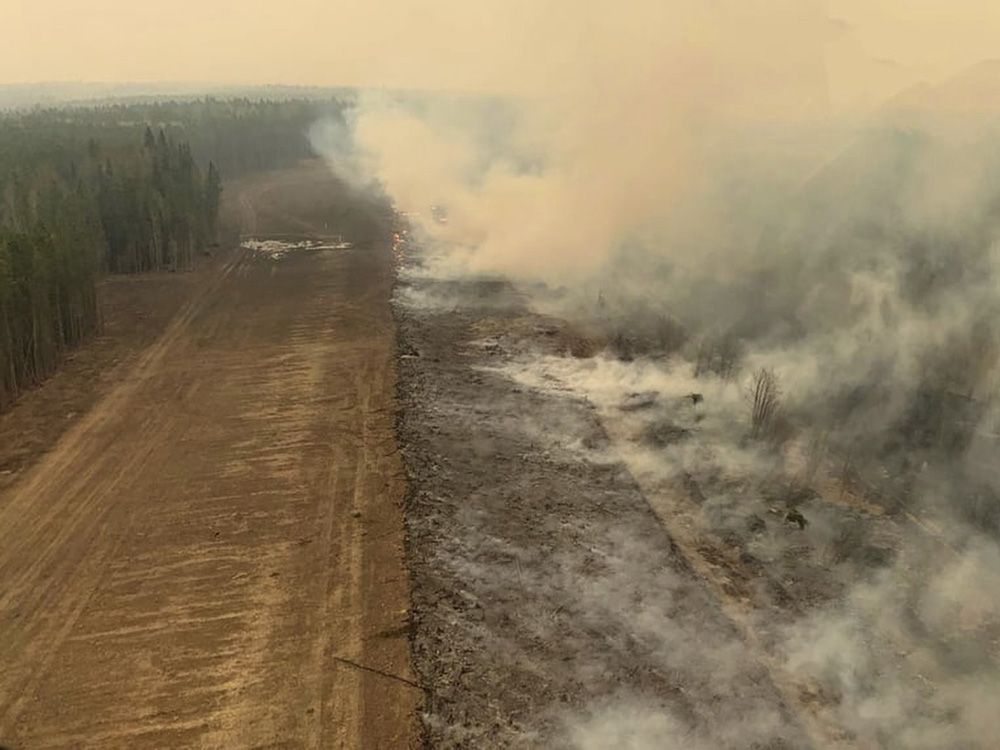

 From June 19-21, 2023, the Forest Innovation and Bioeconomy Conference is bringing together leaders in forestry, government and academia to discuss how to grow the forest bioeconomy. “B.C. is boosting our globally competitive forest bioeconomy as another step toward a renewable, waste-free economy and strong forest sector,” said Bruce Ralston, Minister of Forests. …The Forest Innovation and Bioeconomy Conference is hosted by the B.C. government and sponsored by FPInnovations, the University of British Columbia’s BioProducts Institute, Paper Excellence, and the BC Council of Forest Industries. The conference will draw approximately 200 government, industry, academic and Indigenous delegates from around the world to learn about global bioproduct research and the latest commercialization opportunities.
From June 19-21, 2023, the Forest Innovation and Bioeconomy Conference is bringing together leaders in forestry, government and academia to discuss how to grow the forest bioeconomy. “B.C. is boosting our globally competitive forest bioeconomy as another step toward a renewable, waste-free economy and strong forest sector,” said Bruce Ralston, Minister of Forests. …The Forest Innovation and Bioeconomy Conference is hosted by the B.C. government and sponsored by FPInnovations, the University of British Columbia’s BioProducts Institute, Paper Excellence, and the BC Council of Forest Industries. The conference will draw approximately 200 government, industry, academic and Indigenous delegates from around the world to learn about global bioproduct research and the latest commercialization opportunities.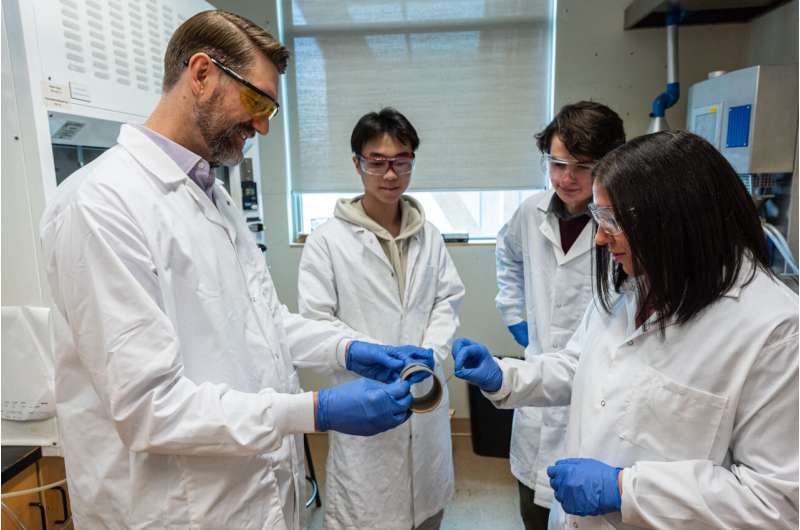



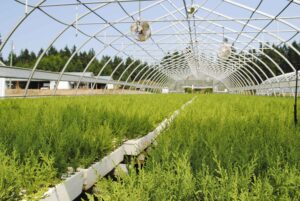 WASHINGTON — As Speaker Kevin McCarthy visited a natural gas drilling site in northeast Ohio… smoke from Canadian wildfires hung in the air. When was asked about climate change and forest fires, he was ready with a response: Plant a trillion trees. The idea — simple yet massively ambitious — revealed recent Republican thinking on how to address climate change. The party is no longer denying that global warming exists, yet is searching for a response to sweltering summers, weather disasters and rising sea levels that doesn’t involve abandoning their enthusiastic support for American-produced energy from burning oil, coal and gas. …A 2019 study suggested that planting trees to suck up heat-trapping carbon dioxide from the atmosphere could be one of the most effective ways to fight climate change. …But the tree-planting push has drawn intense pushback from environmental scientists who call it a distraction from cutting emissions from fossil fuels.
WASHINGTON — As Speaker Kevin McCarthy visited a natural gas drilling site in northeast Ohio… smoke from Canadian wildfires hung in the air. When was asked about climate change and forest fires, he was ready with a response: Plant a trillion trees. The idea — simple yet massively ambitious — revealed recent Republican thinking on how to address climate change. The party is no longer denying that global warming exists, yet is searching for a response to sweltering summers, weather disasters and rising sea levels that doesn’t involve abandoning their enthusiastic support for American-produced energy from burning oil, coal and gas. …A 2019 study suggested that planting trees to suck up heat-trapping carbon dioxide from the atmosphere could be one of the most effective ways to fight climate change. …But the tree-planting push has drawn intense pushback from environmental scientists who call it a distraction from cutting emissions from fossil fuels.
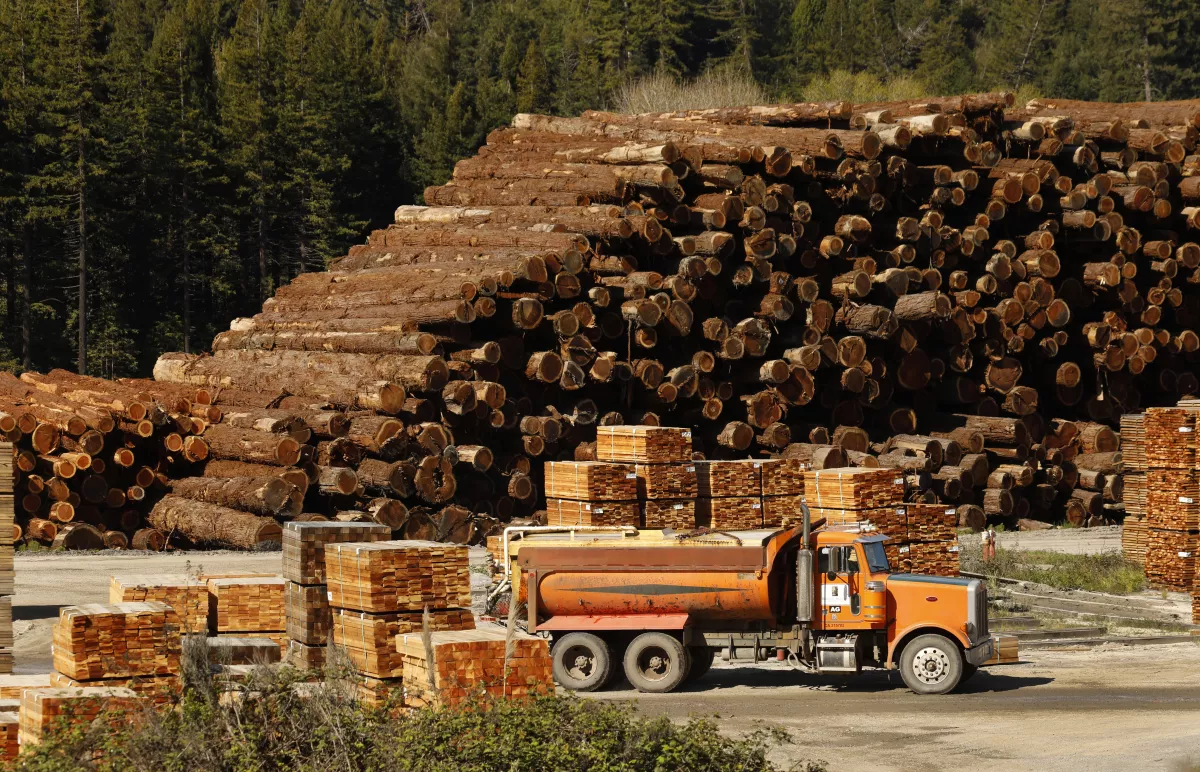
 Attorneys general from 10 states plan to sue the U.S. Environmental Protection Agency, saying its failure to review and ensure emissions standards for residential wood-burning stoves has allowed the continued sale of appliances that could worsen pollution. That means programs that encourage people to trade in older stoves and other wood-burning appliances, such as forced-air furnaces, haven’t necessarily improved air quality, the states say. “If newer wood heaters do not meet cleaner standards, then programs to change out old wood heaters may provide little health benefits at significant public cost,” the states wrote Thursday in a 60-day notice of intent to sue. The states involved are Alaska, Illinois, Maryland, Massachusetts, Minnesota, New Jersey, New York, Oregon, Vermont, and Washington, as well as the Puget Sound Clean Air Agency.
Attorneys general from 10 states plan to sue the U.S. Environmental Protection Agency, saying its failure to review and ensure emissions standards for residential wood-burning stoves has allowed the continued sale of appliances that could worsen pollution. That means programs that encourage people to trade in older stoves and other wood-burning appliances, such as forced-air furnaces, haven’t necessarily improved air quality, the states say. “If newer wood heaters do not meet cleaner standards, then programs to change out old wood heaters may provide little health benefits at significant public cost,” the states wrote Thursday in a 60-day notice of intent to sue. The states involved are Alaska, Illinois, Maryland, Massachusetts, Minnesota, New Jersey, New York, Oregon, Vermont, and Washington, as well as the Puget Sound Clean Air Agency.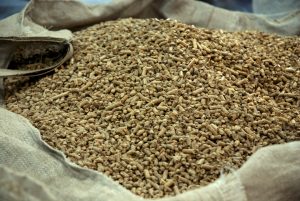 The Energy Futures Initiative (EFI) has released a new report focused on actionable pathways for deploying bioenergy with carbon capture and storage (BECCS) at scale. The report –
The Energy Futures Initiative (EFI) has released a new report focused on actionable pathways for deploying bioenergy with carbon capture and storage (BECCS) at scale. The report – 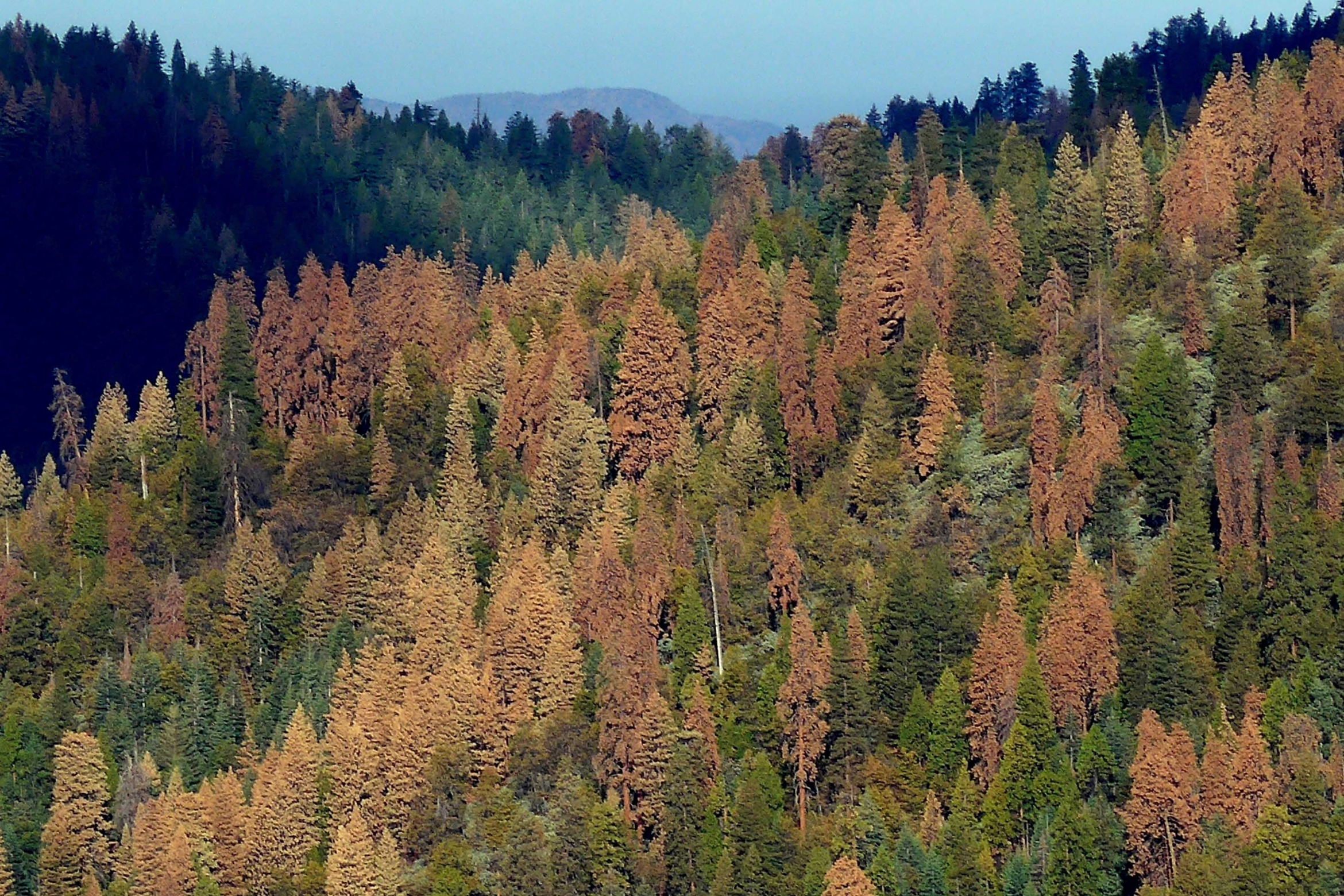



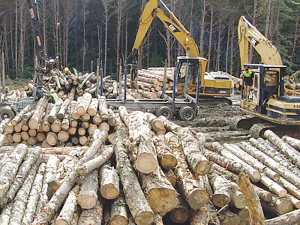

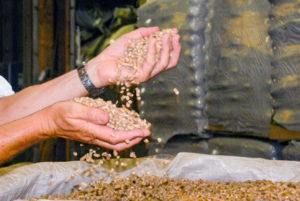 Energy subsidies to the UK’s largest renewable power station could be withdrawn if sustainability rules have not been followed, a minister said. The House of Lords heard concerns over the environmental credentials of the Drax-owned site, near Selby, which burns biomass, such as wood pellets. …Drax said it had strict governance in place to oversee compliance. …Labour peer Baroness Jones called for independent scientists to be sent to Canada to verify the sustainability of wood used. …Independent Baroness Boycott referenced information from Canadian environmentalists who said “the ancient forest being destroyed for those wood pellets”. …In response, Lord Callanan said Ofgem was investigating matters and said: “If it is proved that they are not in compliance, then of course some of the value of the certificates will be withdrawn.” He added: “Forgive me if I don’t necessarily take as absolute facts the statements by some of the Canadian environmentalists.
Energy subsidies to the UK’s largest renewable power station could be withdrawn if sustainability rules have not been followed, a minister said. The House of Lords heard concerns over the environmental credentials of the Drax-owned site, near Selby, which burns biomass, such as wood pellets. …Drax said it had strict governance in place to oversee compliance. …Labour peer Baroness Jones called for independent scientists to be sent to Canada to verify the sustainability of wood used. …Independent Baroness Boycott referenced information from Canadian environmentalists who said “the ancient forest being destroyed for those wood pellets”. …In response, Lord Callanan said Ofgem was investigating matters and said: “If it is proved that they are not in compliance, then of course some of the value of the certificates will be withdrawn.” He added: “Forgive me if I don’t necessarily take as absolute facts the statements by some of the Canadian environmentalists.